Image Credit: DepositPhotos
Tipping has become a normal part of life in the United States. We tip at restaurants, hair salons, taxis, and even coffee shops. It’s so common that we often do it without thinking.
But have you ever wondered how much all these tips add up to over time? The answer might surprise you.
All those small tips can quickly become a big expense. It’s like a hidden cost that sneaks into our budgets without us noticing. You might be spending hundreds of dollars more each year than you realize, just on tips.
Today, we’ll take a closer look at tipping. We’ll learn where it came from, how it’s changed, and what it means for your wallet today. We’ll also talk about why we feel pressured to tip and how businesses might use this to their advantage.
By the end, you’ll understand how tipping affects your finances and how to make smarter decisions about when and how much to tip.
The Rise of Tipping Culture
 Image Credit: iStock
Image Credit: iStock
Let’s start by looking at how tipping became such a big part of American culture. The story of tipping in the U.S. is interesting and shows how our society has changed over time.
Related: Americans Are Tired of Tipping: 15 Places You Do Not Need to Tip
How Tipping Began
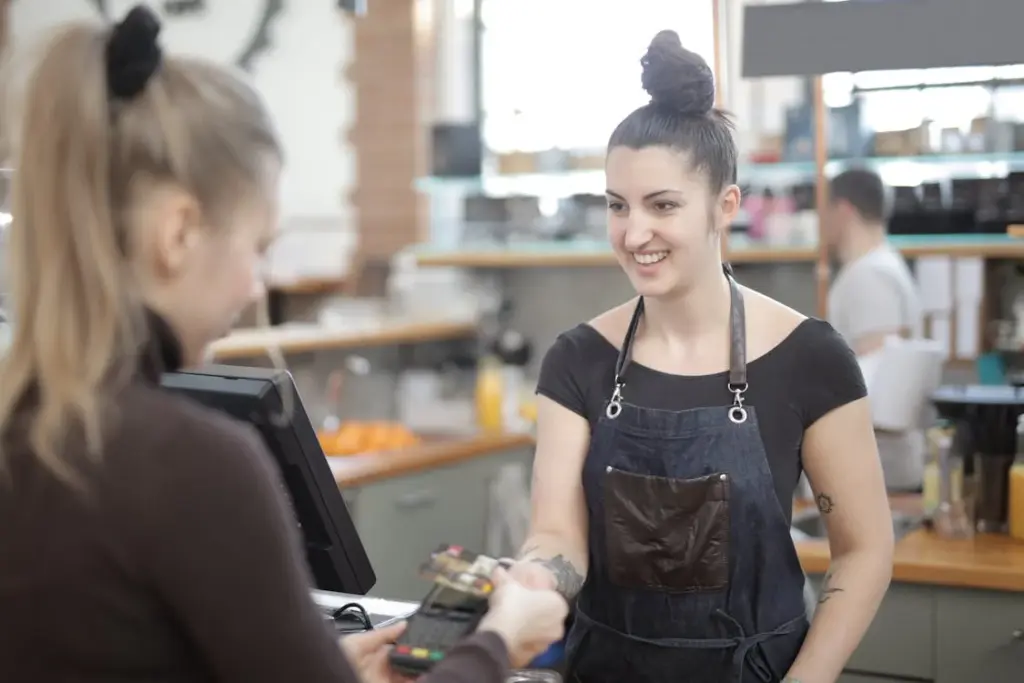
Tipping didn’t start in the United States. It originated in Europe and made its way across the Atlantic in the 19th century. Wealthy Americans who traveled to Europe brought the practice back home as a way to show off their worldly experiences and sophistication.
At first, it was seen as a symbol of class and generosity. Little did they know, this imported habit would soon become a big part of American life.
Related: Broke Always Seem To Waste Money On These 15 Expenses
Earn Free Gift Cards
Swagbucks: Coupons, Paid Online Surveys & Free Gift Cards
Do you want to make money online simply by searching, shopping, surveys, or playing games?
Pros:
- Account creation is free
- Big bonus on sign up
- Many ways to earn free money
- Mobile-friendly rewards site and apps
- Simple to complete tasks
- $10 to sign up
Cons:
- Not exactly passive income
- Redeeming SB points sometimes takes awhile
- It isn’t easy to qualify for all surveys
- Customer service isn’t the greatest (or fastest)

Changes Over Time
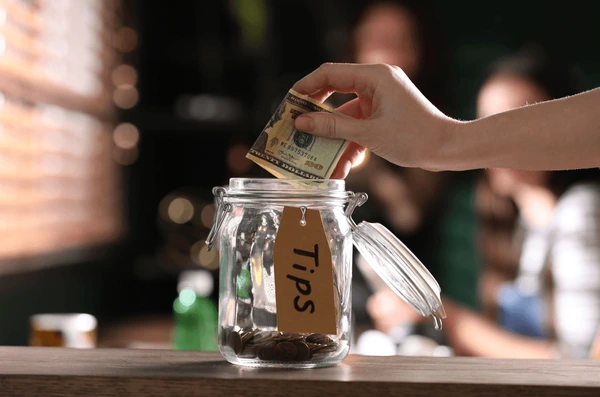 Image Credit: iStock
Image Credit: iStock
As the 20th century progressed, tipping spread and became more expected in the United States. What started as a modest 10% gradually increased to 15-20% as the standard tip rate.
This shift reflected changing social norms and economic pressures on service workers. Tipping began to serve as a significant portion of many workers’ incomes, especially in the food service industry.
Related: 22 Dead-End Careers Expected To Be Gone in the Next Decade
Impact of the Pandemic
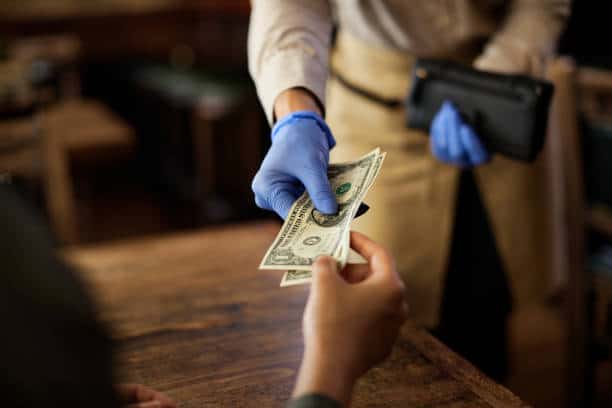 Image Credit: iStock
Image Credit: iStock
The COVID-19 pandemic pushed tipping even further. With many service workers facing increased health risks and economic uncertainty, there’s been a push for higher tip rates.
Some businesses now suggest tips as high as 25-28%. This trend has put additional pressure on consumers to give more when tipping.
Related: The Future of Tipping: Is a No-Tip Culture on the Horizon?
Tipping Today
 Image Credit: iStock
Image Credit: iStock
Recent studies reveal interesting trends in tipping habits. A 2023 survey found that about 65% of U.S. adults always tip their server at sit-down restaurants, and 42% usually tip at least 20%.
But there’s been a small drop in how often people tip. In 2019, 77% of people always tipped at restaurants, but this number dropped to 75% in 2021 and 73% in 2022.
These figures hint at changes in tipping habits, possibly influenced by economic factors and shifting attitudes towards tipping norms.
Related: Are You Wealthy? 25 Signs Someone Is Wealthy
The True Cost of Tipping
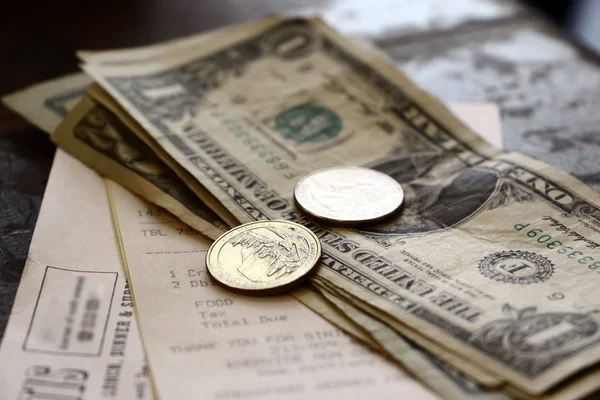 Image Credit: iStock
Image Credit: iStock
Now that we understand how tipping evolved, let’s look at what it really costs us. You might be surprised at how those small tips add up when you look at the big picture.
Related: The Future of Tipping: Is a No-Tip Culture on the Horizon?
Tipping After Taxes
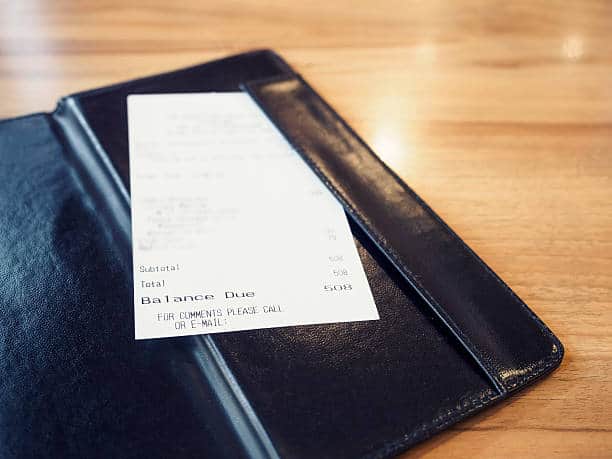 Image Credit: iStock
Image Credit: iStock
One often overlooked aspect of tipping is that it’s usually calculated based on the total bill, including taxes. This means you’re not just tipping on your meal or service, but also on the tax amount.
Over time, this can add up to a significant amount of money that you might not have accounted for in your budget.
Related: 25 Fees Companies Try To Hide From You (And How To Avoid Them)
Double Tipping?
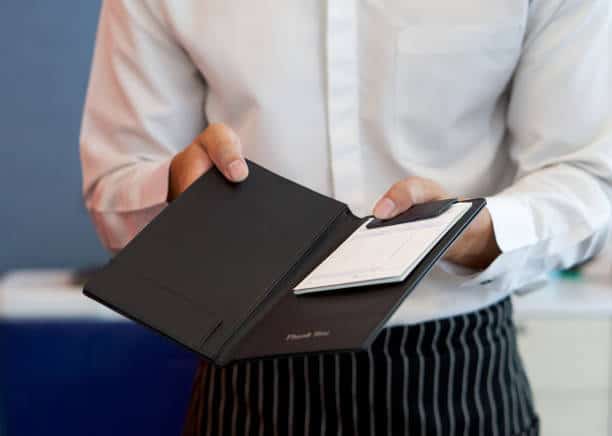 Image Credit: iStock
Image Credit: iStock
Another hidden cost comes in the form of automatic service charges. Some establishments now include these charges on your bill, but then still present you with an option to leave an additional tip.
If you’re not paying attention, you might end up tipping twice without realizing it. Always check your bill carefully to avoid this costly mistake.
Related: These Products Pay For Themselves Fast (But People Are Reluctant To Buy Them)
Adding It All Up
 Image Credit: iStock
Image Credit: iStock
To understand the true impact of tipping on your finances, let’s look at the big picture. The average American spends about $2,500 a year on dining out. If you’re tipping 20% on these meals, you’re adding an extra $500 to your yearly spending just in tips!
That’s a big chunk of money that could go towards savings, paying off debt, or other financial goals.
Related: 16 Tasty Meals That Are Cheap And Easy To Make: Get Inspired
How Much to Tip
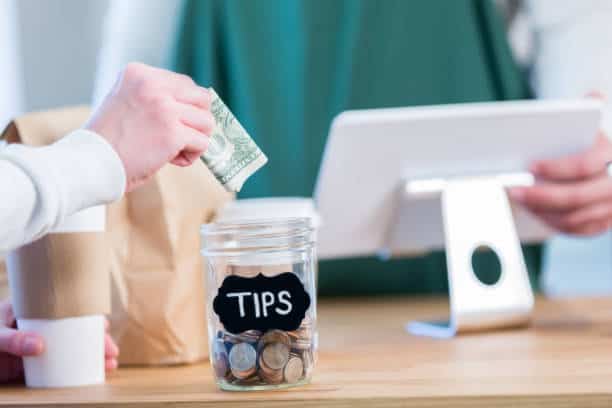 Image Credit: iStock
Image Credit: iStock
Knowing how much to tip can be tricky. Here’s a helpful guide based on The Latest Rules Of Tipping from Bankrate.
Remember, these are guidelines, and you can adjust based on the quality of service and your personal situation. It’s also okay to say no to tipping if it’s not required or if it doesn’t fit your budget.
Restaurants

At sit-down restaurants, aim for 15-20% of the bill before tax. For bartenders, give $1 per beer or wine and $2 for cocktails. At open bars, tip at least $1 per drink.
Tips are not necessary at fast-food restaurants. This difference is important to remember as it can save you money when you’re grabbing a quick meal.
Related: 11 Cheap Restaurants for a Group: From A Large Family!
Salons and Spas
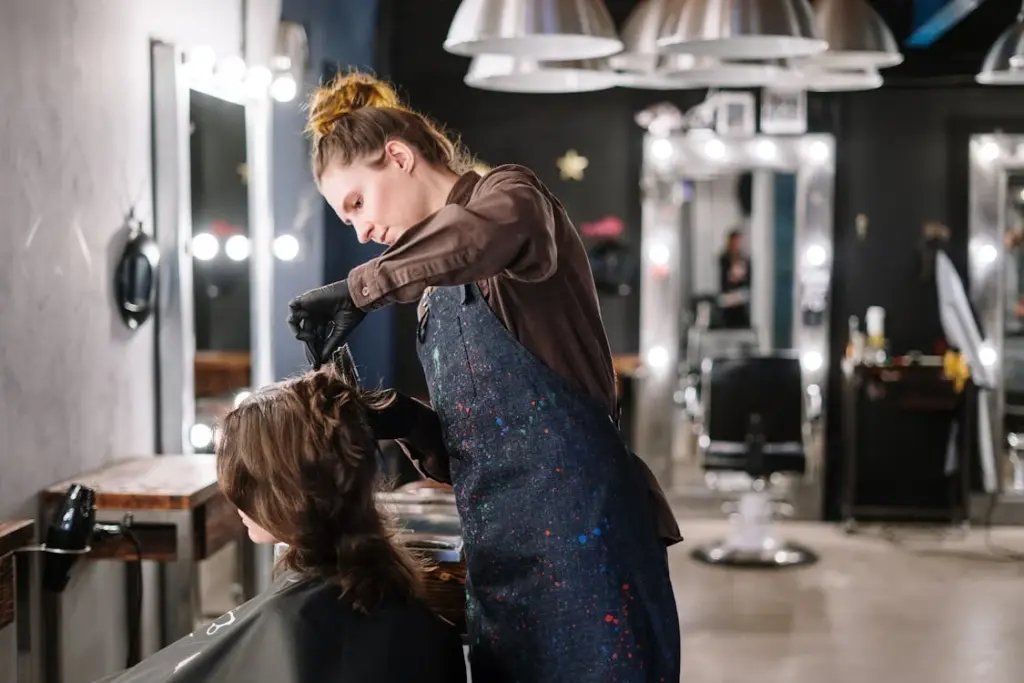
Tip your hairstylist 20% for the whole service. The same goes for manicurists, 20% per nail tech. For massages, 15-20% is good, and for facials, 18-20%.
Related: 9 Easy Ways To Spend Less On Your Beauty Routine
Transportation
 Image Credit: iStock
Image Credit: iStock
Limo drivers appreciate 10-20% of the fare. For taxis and ride-shares like Uber or Lyft, 15-20% is standard. Shuttle drivers usually get $2-3 for multiple passengers, more for personal shuttles.
Related: 12 States Banning Gas-Powered Cars, Even Though Americans Still Want them
Child Care
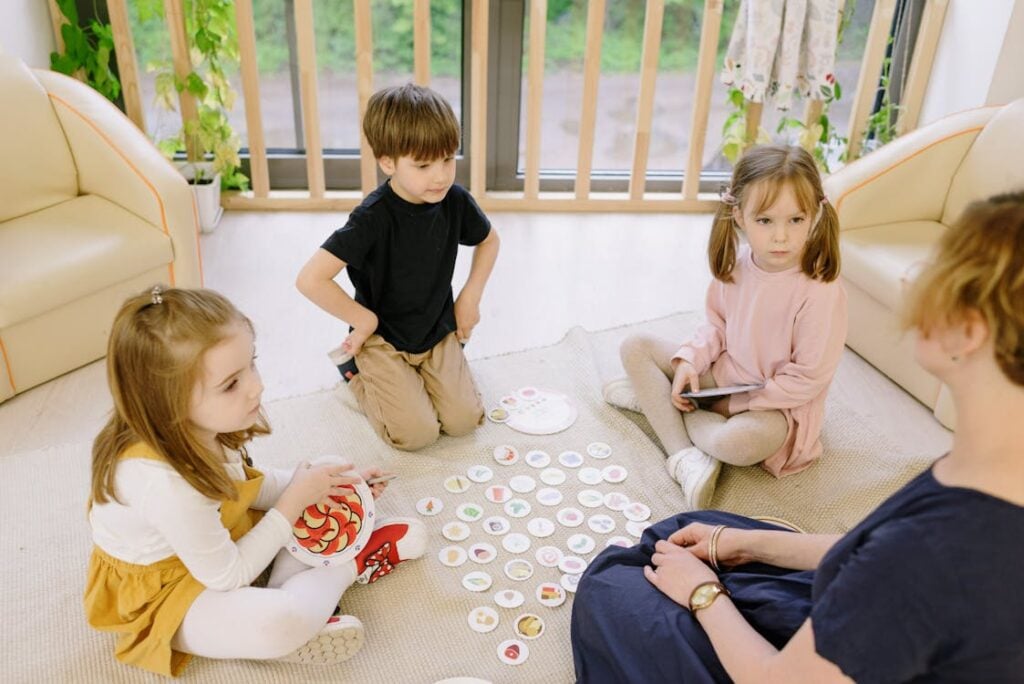
Babysitters typically receive 15-20% of the total. For nannies or au pairs, a year-end bonus of 1-2 weeks’ pay is common.
Related: 14 Signs Of Higher Intelligence: Habits Of Smart People
Delivery
 canva.com
canva.com
For food delivery, tip 15-20% or more of the order total. The same goes for grocery and alcohol delivery. For flower delivery, $2-5 is appropriate.
Related: My Secrets: How To Get Amazon Coupons, Discount Codes, Promo Codes, Free Stuff, and Deals
Hotels
 Image Credit: Pexels
Image Credit: Pexels
Tip porters $2-3 per bag at regular hotels, or $5 per bag at fancy ones. For room service, add 10% if gratuity is included, or 20% if it’s not.
Housekeeping should get $3-5 per day for 1-3 people, or $10 per day for larger groups or at luxury hotels.
Related: How To Get A Cheaper Hotel Room: My Tricks To Save On Hotel Stays
Moving
 Image Credit: iStock
Image Credit: iStock
For movers, $10-40 per person is typical, depending on how long the move takes.
Again, these are general suggestions. You can always tip more for excellent service or less if you’re not satisfied.
The most important thing is to be fair and considerate of the service you receive while also being mindful of your own financial situation.
The Psychological Pressure of Tipping
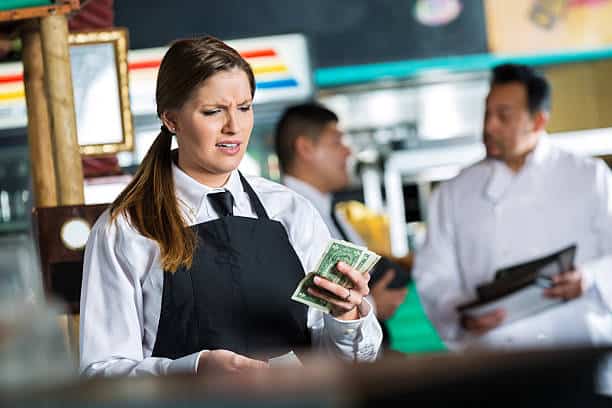 Image Credit: iStock
Image Credit: iStock
Tipping isn’t just about money, it also affects us emotionally and socially. Let’s talk about the mental side of tipping and how they influence our behavior.
Related: Are You In The Working Class? 25 Signs That Someone Is Working Class
Tipping Fatigue
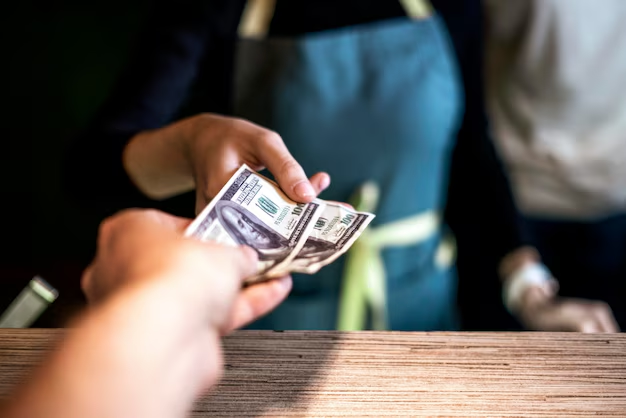 Image Credit: iStock
Image Credit: iStock
With more and more places asking for tips, many people are feeling what’s called “tipping fatigue.” This happens when you feel worn out by always being asked to tip, even for things that didn’t used to need a tip.
This fatigue can make people frustrated and sometimes even avoid certain businesses or services.
Tip Suggestions on Screens
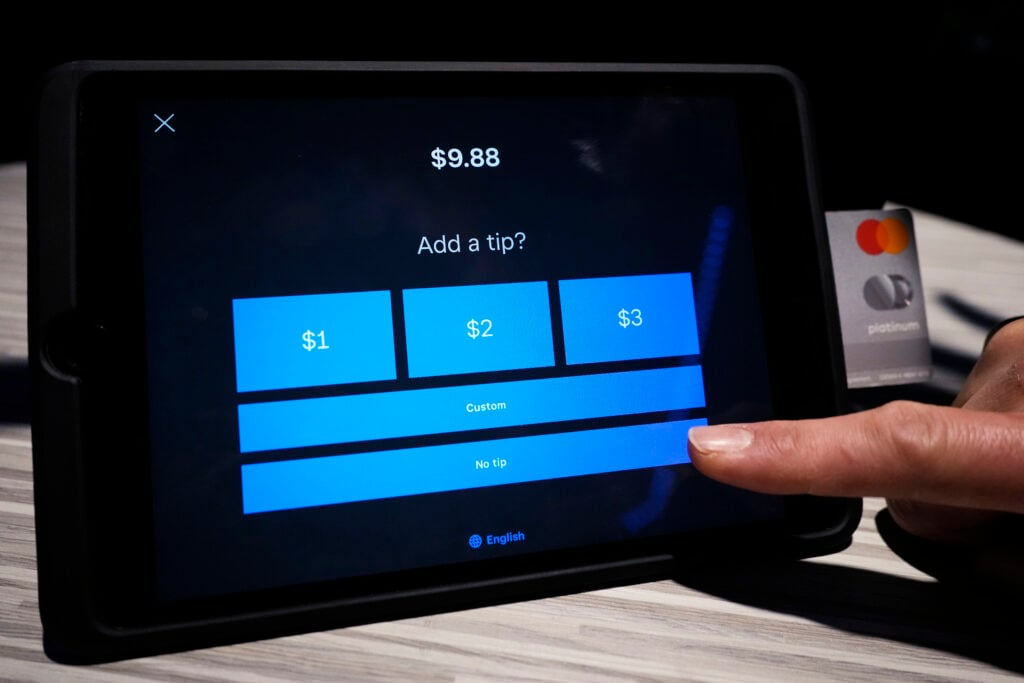
New digital payment systems have brought a new kind of pressure when tipping. Many businesses now use screens that show pre-picked tip amounts, often starting at 20% or more.
These suggested amounts can make customers feel they have to tip more than they wanted to, even if the service wasn’t great.
Related: How Much More Do Americans Pay? Comparing Costs Across the Globe
Social Pressure
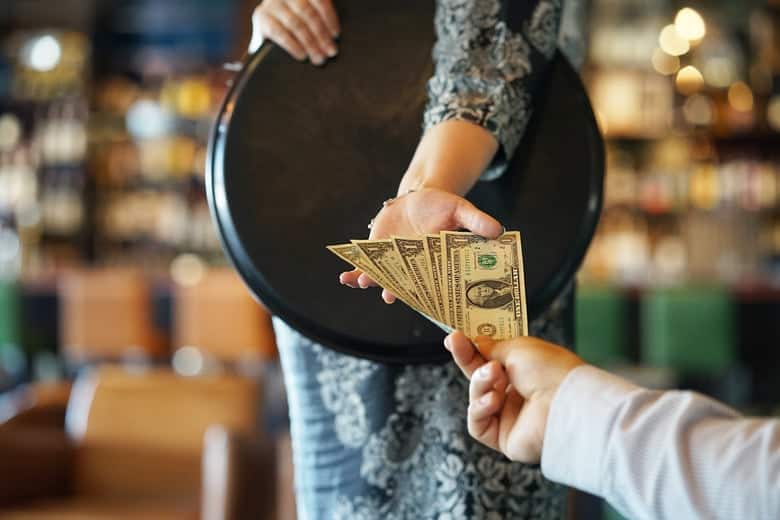 Image Credit: iStock
Image Credit: iStock
Tipping often comes with a lot of social pressure. Many people feel they have to tip the suggested amount or more so they don’t look cheap or rude.
This social anxiety can lead to over-tipping, even when the service doesn’t meet expectations. It’s important to remember that tipping should reflect the quality of service received, not just social expectations.
Differences in Tipping Habits

Interestingly, tipping habits aren’t the same for everyone. Women tend to tip more often than men for most services. For example, 60% of women always tip their hair stylist, while only 46% of men do.
Age also plays a role in how people tip. Younger generations, like Millennials, often tip less than older generations, according to a recent poll.
These differences show how complex tipping is and how it’s affected by social and generational factors.
Tip Wisely
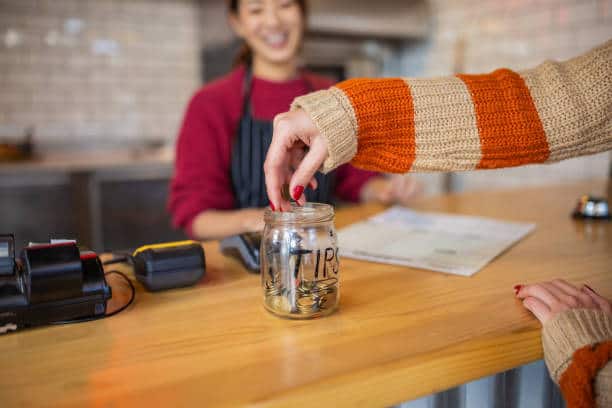 Image Credit: iStock
Image Credit: iStock
Tipping has become a big expense for many of us, sometimes costing more than the actual service we’re paying for. The hidden costs of tipping can really add up and affect your overall spending.
Remember, while tipping is often expected, how much you give should match both the quality of service and what you can afford. Being aware of these hidden costs can help you manage your money better.
Tipping habits keep changing, and staying informed can help you handle this part of spending wisely.
🙋♀️If you like what you just read, then subscribe to my newsletter and follow us on YouTube.👈
AI was used for light editing, formatting, and readability. But a human (me!) wrote and edited this.





